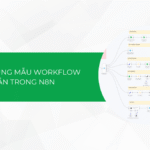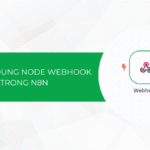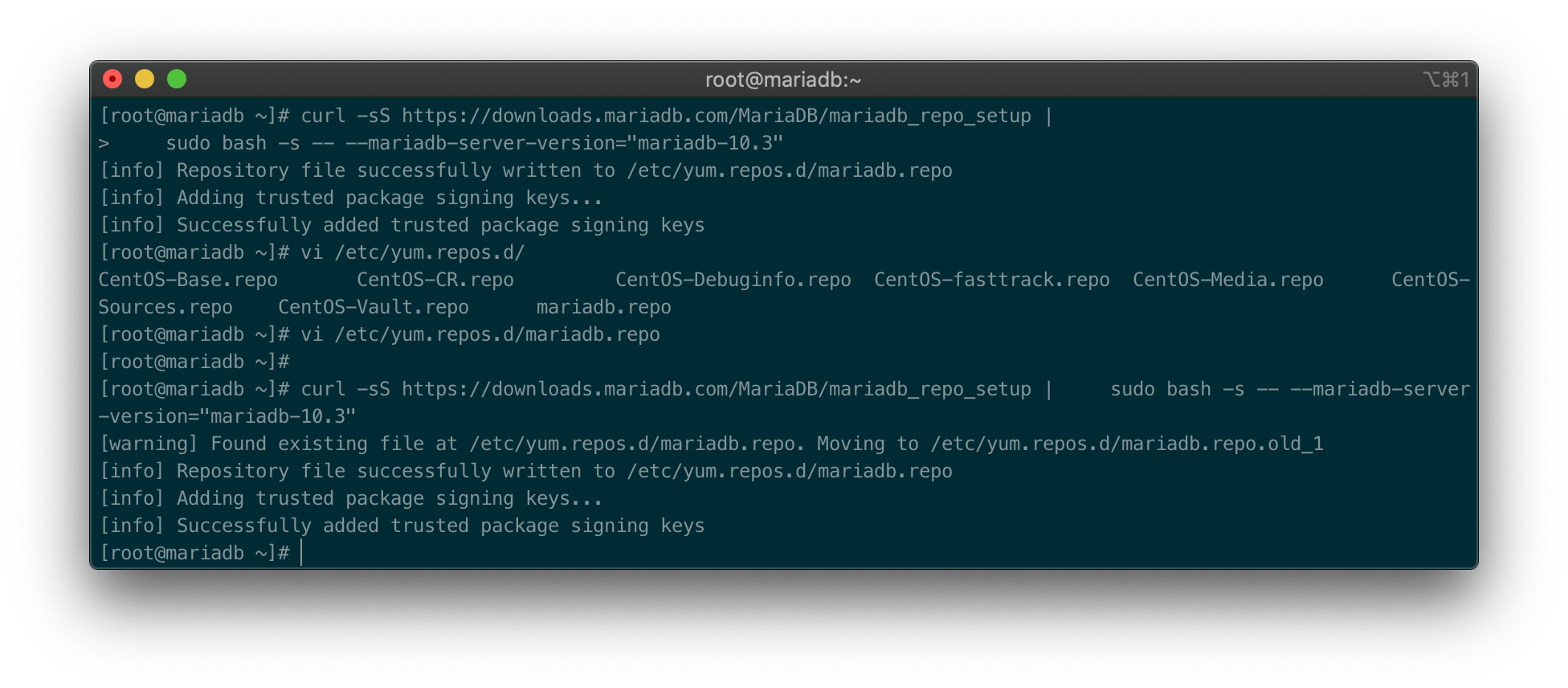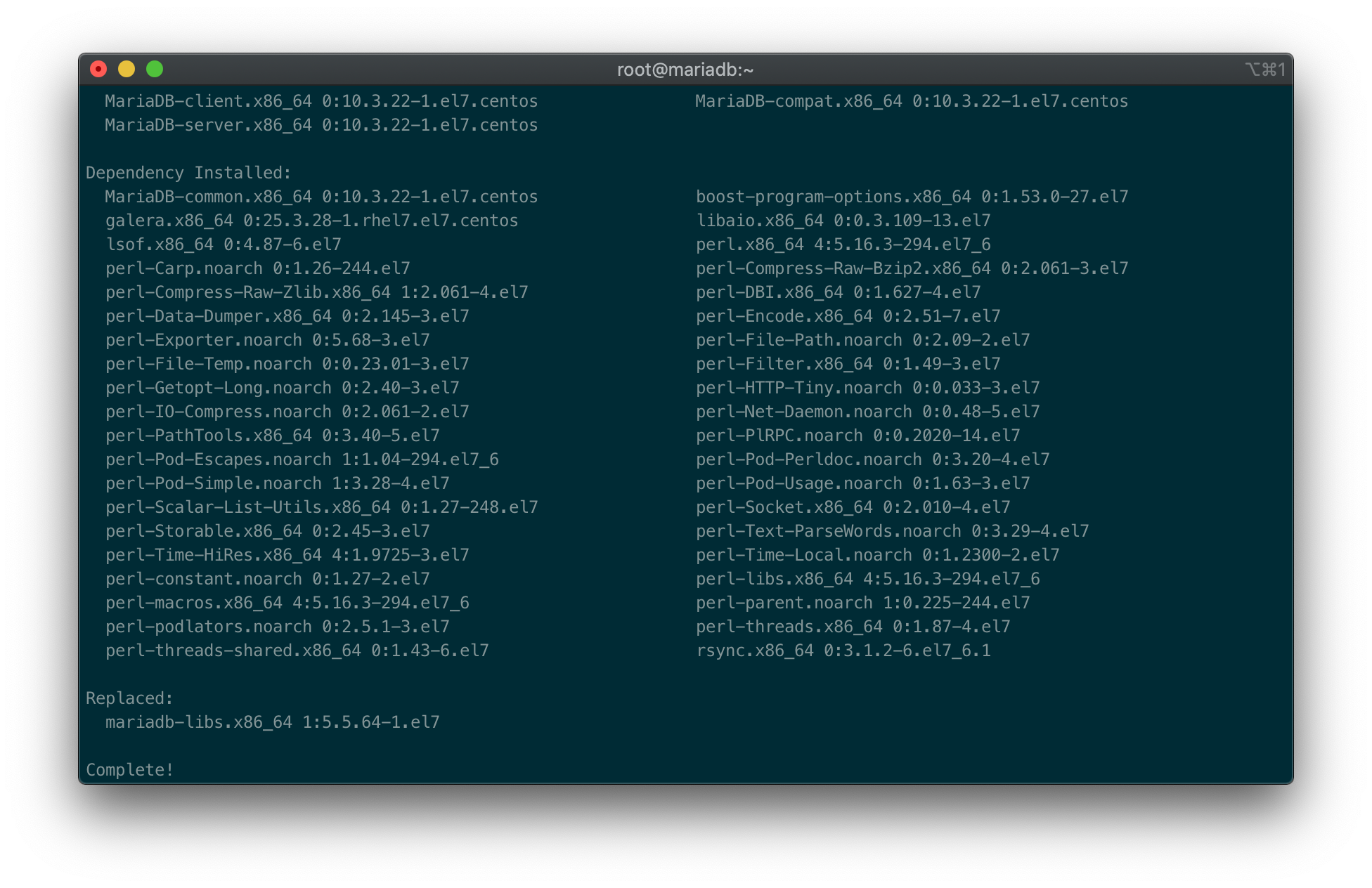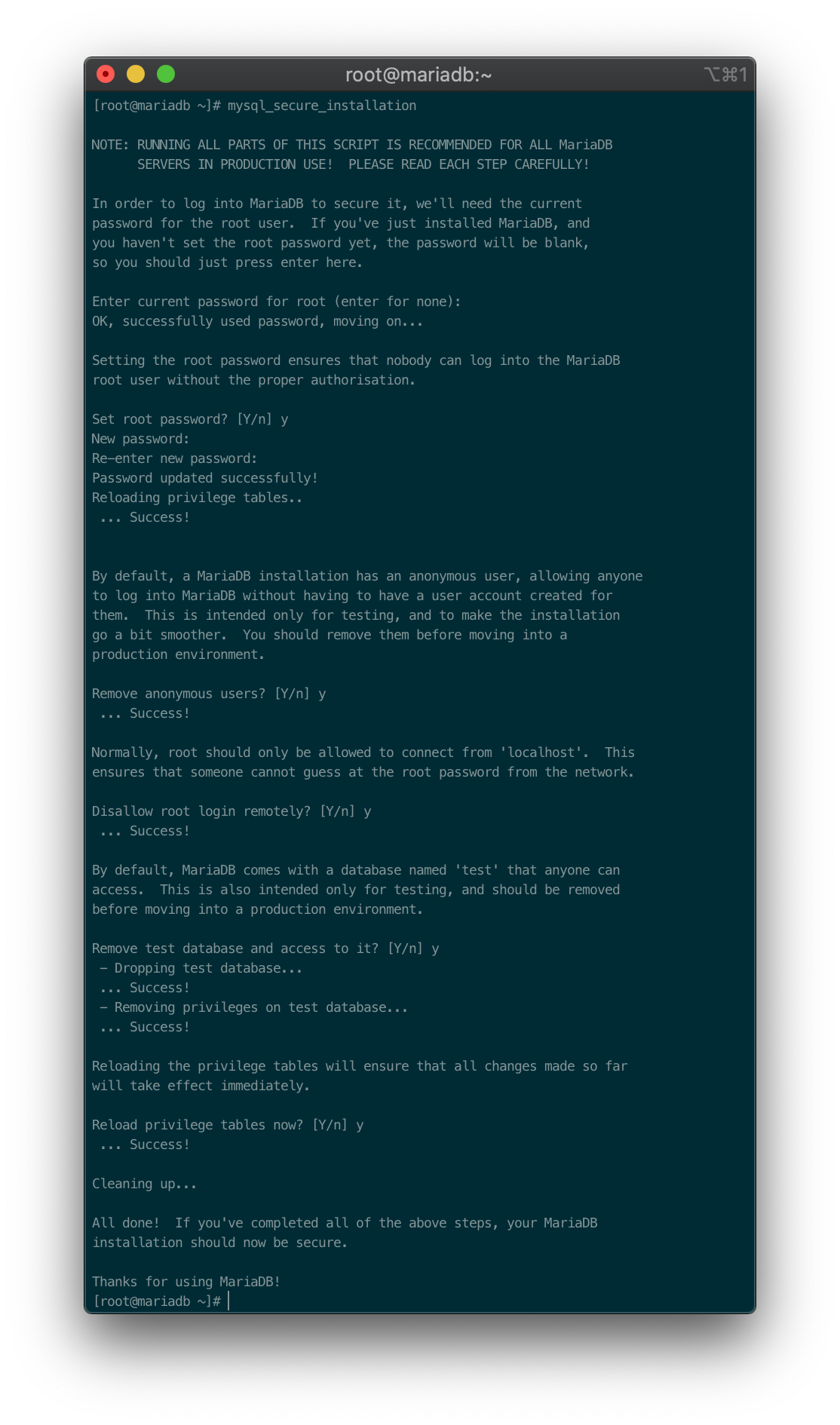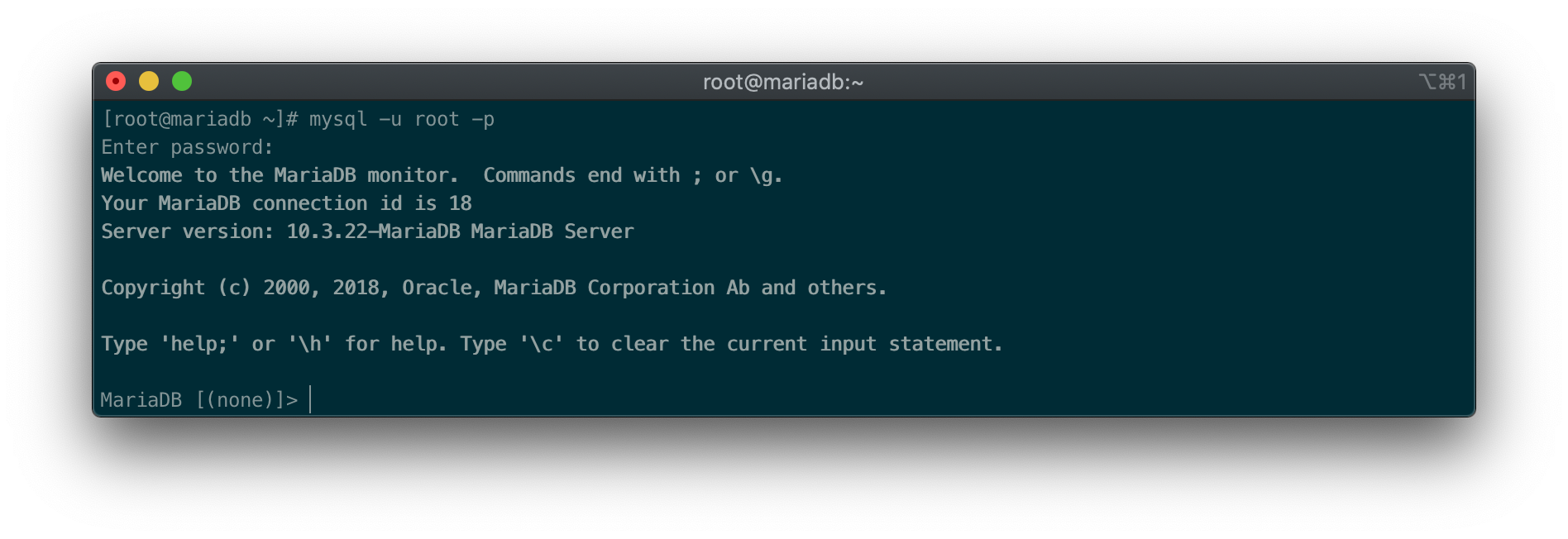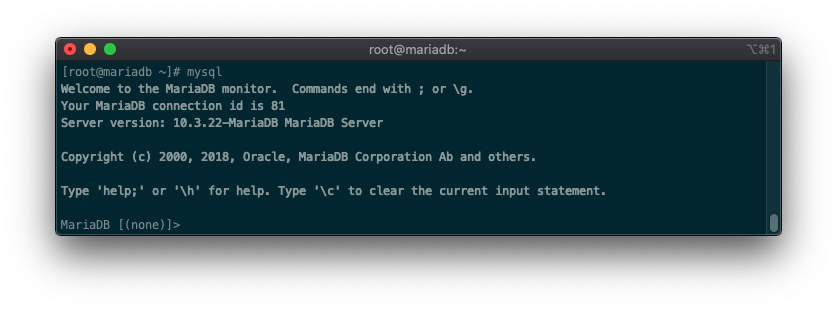Trước khi cài đặt Mariadb bạn cần chú ý là hệ điều hành chưa có cài đặt Mysql hoặc Mariadb nào trước đó để tránh việc mất dữ liệu hoặc gây ra lỗi sau khi cài đặt.
Trong hướng dẫn này mình sẽ hướng dẫn cài đặt MariaDB trên CentOS7 với yum từ repo MariaDB.
Bạn có thể cấu hình các repo dựa theo hệ điều hành mà bạn sử dụng, MariaDB có thể cài đặt trên nhiều hệ điều hành khác nhau không phải chỉ cài được trên CentOS7.
Hoặc có cách khác đơn giải hơn là sử dụng tập lệnh cấu hình repo của MariaDB bằng cách ssh vào vps và chạy lệnh sau:
curl -sS https://downloads.mariadb.com/MariaDB/mariadb_repo_setup | bash -s -- --mariadb-server-version="mariadb-10.4"
Trong đó các phiên bản MariaDB sau đây hiện đang được hỗ trợ:
- mariadb-5.5
- mariadb-10.0
- mariadb-10.1
- mariadb-10.2
- mariadb-10.3
- mariadb-10.4
Sau khi cài đặt repo hoàn tất là đã có thể cài đặt Mariadb, chạy lệnh sau trên SSH:
yum install MariaDB-server MariaDB-client -y
sau khi nhận được thông báo cài đặt Complete! chúng ta sẽ khởi động MariaDB server và bắt đầu thiếu lập bảo mật cho Mariadb bằng lệnh sau:
# cho phép MariaDB khởi động khi reboot server systemctl enable mariadb # Khởi động Mariadb systemctl start mariadb # Thiết lập bảo mật cho Mariadb mysql_secure_installation
Các thiết lập bạn có thể tham khảo như sau:
root@mariadb ~]# mysql_secure_installation
NOTE: RUNNING ALL PARTS OF THIS SCRIPT IS RECOMMENDED FOR ALL MariaDB
SERVERS IN PRODUCTION USE! PLEASE READ EACH STEP CAREFULLY!
In order to log into MariaDB to secure it, we'll need the current
password for the root user. If you've just installed MariaDB, and
you haven't set the root password yet, the password will be blank,
so you should just press enter here.
Enter current password for root (enter for none): Nhấn enter
OK, successfully used password, moving on...
Setting the root password ensures that nobody can log into the MariaDB
root user without the proper authorisation.
Set root password? [Y/n] y
New password: Nhập mật khẩu
Re-enter new password: Nhập lại mật khẩu
Password updated successfully!
Reloading privilege tables..
... Success!
By default, a MariaDB installation has an anonymous user, allowing anyone
to log into MariaDB without having to have a user account created for
them. This is intended only for testing, and to make the installation
go a bit smoother. You should remove them before moving into a
production environment.
Remove anonymous users? [Y/n] y
... Success!
Normally, root should only be allowed to connect from 'localhost'. This
ensures that someone cannot guess at the root password from the network.
Disallow root login remotely? [Y/n] y
... Success!
By default, MariaDB comes with a database named 'test' that anyone can
access. This is also intended only for testing, and should be removed
before moving into a production environment.
Remove test database and access to it? [Y/n] y
- Dropping test database...
... Success!
- Removing privileges on test database...
... Success!
Reloading the privilege tables will ensure that all changes made so far
will take effect immediately.
Reload privilege tables now? [Y/n] y
... Success!
Cleaning up...
All done! If you've completed all of the above steps, your MariaDB
installation should now be secure.
Thanks for using MariaDB!
Như vậy là đã cài đặt hoàn tất, bạn có thể dùng lệnh sau để truy cập MariaDB để kiểm tra hoạt động
mysql -u root -p # sau khi gõ lệnh trên hệ thống sẽ yêu cầu bạn nhập mật khẩu root Mariadb mà bạn đã khởi tạo trong phần mysql_secure_installation trước đó.
Có 1 điều là mỗi lần đăng nhập vào MariaDB bạn sẽ cần nhập user và mật khẩu. Nếu bạn là người quản trị duy nhất của hệ thống server bạn có thể thực hiện chuỗi lệnh sau để tạo file môi trường lưu trữ mật khẩu và tài khoản Mariadb để đăng nhập thuận tiện
# Di chuyển đến thư mục gốc user đang ssh cd ~ # tạo file lưu thông tin tài khoản MariaDB touch .my.cnf # thêm thông tin tài khoản MariaDB vào file vừa tạo (chú ý thanh yourpassword bằng mật khẩu của bạn) echo -e "[client] \nuser=root \npassword=yourpassword " >> .my.cnf
Sau khi hoàn tất bạn chỉ cần gõ lệnh mysql để truy cập vào MariaDb

